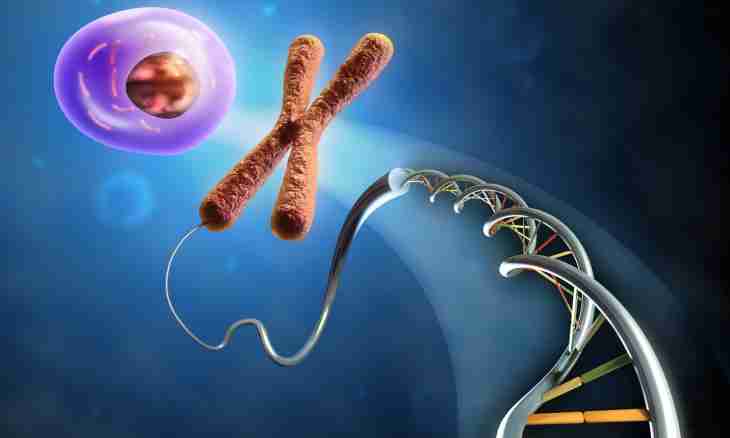The nature riddles connected with existence of a huge number different but also in many respects similar life forms, tormented scientists, philosophers and thinkers from time immemorial. The mechanism of transfer of hereditary signs remained a secret behind seven seals up to the middle of the twentieth century. Now any school student knows about what is DNA and what role it plays in transfer of genetic information.
Instruction
1. The abbreviation of DNA is formed from the term "deoxyribonucleic acid" as which understand a set of the chemical compounds which are actually representing the complex biopolymers belonging to the class of nucleinic acids. Molecules of these connections are physical carriers of hereditary information in organisms of living beings of the majority of types. Thanks to them the genetic development program and formations of an organism is carried out, maintaining specific signs in the course of evolution, etc. is provided.
2. At the cellular organisms carried to eukariota, DNA, as a rule, is a part of chromosomes which are located in a cage kernel. Also DNA can contain in mitochondrions or plastids (at plants). At bacteria and the Archean of DNA it is simply attached to cellular to membrane. There are also noncellular life forms (viruses) containing DNA.
3. Structurally the molecule of deoxyribonucleic acid represents polymer. That is it consists of a set of blocks of only several types connected in a long chain. Such blocks in DNA are nucleotides - connections of a dizoksiriboza and phosphatic group.
4. The phosphatic group distinguishes one nucleotide of DNA from another. Allocate four phosphatic groups - adenine and thymine, guanine and tsitozin. Respectively, there can be only four types of nucleotides. Phosphatic groups can unite among themselves. At the same time adenine connects only to thymine, and guanine - only with tsitoziny. The sequence of various nucleotides in a chain of DNA codes all volume of genetic information of an organism.
5. The molecules DNA which are contained in cages of the higher organisms, as a rule, are in pairs integrated and twirled in a double spiral. In cages of bacteria or the lowest mushrooms linear or ring molecules DNA can meet.
6. As substance DNA was emitted in 1869 by Johann Friedrich Misher. However only in the middle of the twentieth century it was proved that deoxyribonucleic acid bears functions of transfer of genetic information. Before she was perceived by scientific community as the mechanism of creation of reserves of phosphorus in an organism.
